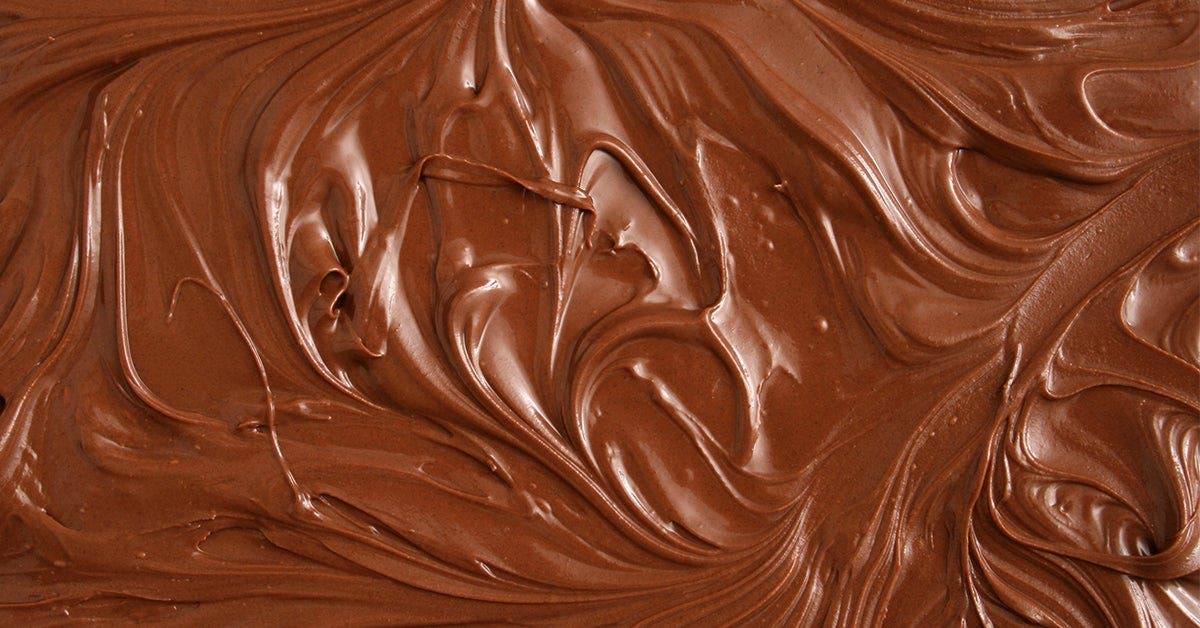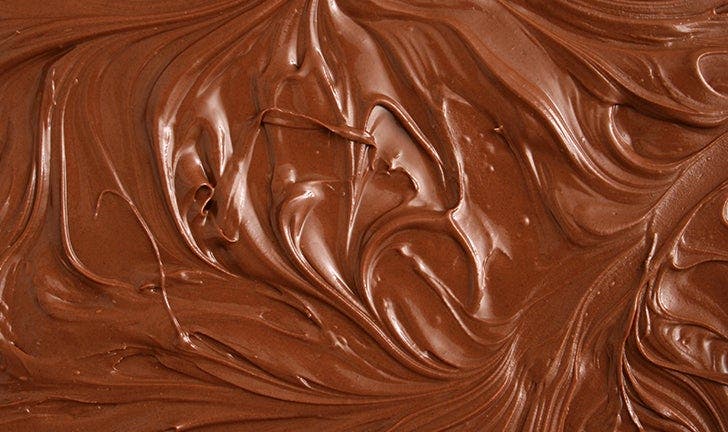Chocolate 101


July 7 is World Chocolate Day – in case you needed another excuse to eat chocolate. Do you know the low down on chocolate? Here we are debunking some myths and sharing some facts about this sweet treat.
Chocolate, for whom we have the ancient Mayans to thank, has been around for thousands of years. More recently, it’s been touted as having health benefits, such as helping to improve heart health, blood pressure and blood sugar. However, the research on this has yielded mixed results, and there isn’t enough to give us definitive confirmation that chocolate can be considered a health food. However, chocolate does contain some nutrients that are likely responsible for the health food claims. Here’s a quick breakdown:
■ Fat: Chocolate has a combination of unsaturated fats, like oleic acid, which may have a positive impact on cholesterol levels. However, the presence of saturated fats in chocolate may negate any cholesterol-lowering benefits it provides.
■ Antioxidants: Cocoa contains a large concentration of flavonoids, which are antioxidants found in tea, wine, fruits and vegetables that have been linked to many health benefits. (More on flavonoids below.)
■ Key minerals: Cocoa also contains potassium, phosphorus, copper, iron, zinc and magnesium, each of which play a role in our health.
Let’s take a look at some common chocolate myths and truths below.
Dark Chocolate is Better For You
Truth: “Dark chocolate is better for you because it contains more flavonols than white and milk chocolate,” says Justine Chan, MHSc, RD, CDE, registered dietitian and certified diabetes educator based in Toronto. “Flavonoids offer a multitude of benefits, including increased blood flow, and lower inflammation, which helps slow aging. However, much of it can be lost during the manufacturing process to make it more tasty. Dark chocolate is higher in cocoa, which is bitter, and results in a product that’s lower in sugar than milk or white chocolate.”
Natural Cocoa Contains no Antioxidants
Myth: Chan says natural cocoa has more antioxidants than most foods, at about 10 per cent of the dry weight of the bean.
Chocolate with Bubbles in it is “Lighter”
Myth: “If ‘lighter’ means lower in calories, chocolate with bubbles is not significantly lower in calories than the standard chocolate bar. The added air in chocolate with bubbles might make for less chocolate overall, but the calorie difference is minimal,” Chan explains.
Chocolate Must Contain at Least 70% Cacao to be Healthy for You
Truth: “To get the most antioxidant benefit from chocolate, choose chocolate with at least 70 per cent cocoa in it,” says Chan. “Keep in mind that the higher the percentage of cocoa, the more bitter it will taste. While chocolate with 70 per cent cacao generally will be healthier than white or milk chocolate, that statement has to be taken with a grain of salt. When compared to foods such as whole grains, fruits and vegetables, you’ll get a lot more benefits from these foods compared to chocolate.”
Chocolate makes your period more bearable
Truth: “Chocolate contains a natural source of magnesium, which is what the body is craving during periods,” says Trista Best, a registered dietitian at Balance One Supplements, environmental health specialist, and adjunct nutrition professor.
Magnesium is being lost in larger quantities than normal when someone is menstruating, she explains, and so the stereotypical chocolate cravings we hear about are probably rooted in the body’s need for more magnesium.
Other sources of magnesium, Best says, include tofu, nuts, avocadoes and legumes.
Chocolate is fattening
Myth: A 2018 systematic review found that a dose of 30 grams of chocolate per day for four weeks had a favourable effect on BMI and weight, explains Chan. “Perhaps this is because if you’re eating something sweet on a regular basis, cravings are reduced and you’re more satisfied.”
